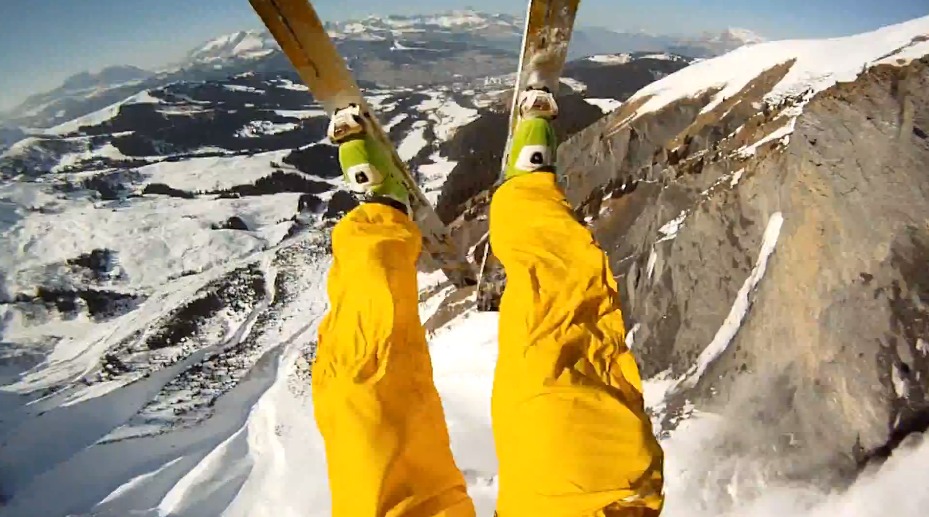Shoot aerial cinematography
Build a small kite-mounted camera rig from lightweight materials, then capture simple aerial video with adult supervision to learn framing and motion.



Step-by-step guide to shoot aerial cinematography
DJI Mini 4k Drone | The Complete Beginner's Guide & How To Fly
Step 1
Gather all the materials from the list and put them on a clear workspace.
Step 2
Measure and draw a rectangle about 15 cm by 10 cm on the foam using the ruler and marker.
Step 3
Cut out the foam rectangle carefully with scissors to make the flight platform.
Step 4
Cut a shallow rectangle from the plastic lid big enough for a small camera to sit in.
Step 5
Tape the plastic lid cradle to the center of the foam platform so it will hold a camera.
Step 6
Tape two drinking straws across the underside of the foam to make the platform stiffer.
Step 7
Cut four equal lengths of string about 20 cm each to make the bridle lines.
Step 8
Tie each string securely to the four corners of the foam using a tape or tight knot so the strings hold.
Step 9
Gather the four free string ends and tie them together into one strong knot to form the bridle center.
Step 10
Clip a small swivel clip or a straightened paperclip onto the bridle center knot so the kite line can attach safely.
Step 11
Attach a ribbon or two to the rear edge of the foam with tape to form a tail for extra stability.
Step 12
With an adult, place a small lightweight camera into the plastic cradle and secure it carefully with tape or a rubber band.
Step 13
With an adult, lift the kite on a short tethered test flight close to the ground to check that the platform hangs level and the camera view looks stable.
Step 14
With an adult, fly the kite in a light steady breeze and record simple aerial video while watching framing and smooth motion.
Step 15
Share a photo or short clip of your finished kite-mounted camera rig and one favorite shot from your aerial video on DIY.org.
Final steps
You're almost there! Complete all the steps, bring your creation to life, post it, and conquer the challenge!


Help!?
What can we use if we don't have foam, a plastic lid, or a swivel clip?
Use a lightweight corrugated cardboard cut to the 15 x 10 cm size instead of the foam, a shallow yogurt or food container lid as the plastic lid cradle taped to the center, and if you lack a swivel clip use a straightened paperclip as the instructions suggest to attach the kite line.
Why does the platform tilt or the camera view wobble during the test flight and how can we fix it?
If the platform tilts or footage wobbles during the short tethered test flight, make sure each of the four 20 cm bridle strings are exactly the same length, retie the bridle center so the knot hangs centered under the foam, reinforce the plastic lid cradle with extra tape, and adjust or lengthen the tail ribbons for better balance.
How can we adapt the steps for different age groups?
For younger kids (ages 4–7) have an adult pre-cut the 15 x 10 cm foam platform, pre-cut and tape the plastic lid cradle and straws, and let them help decorate the tail while an adult ties the bridle and places the camera mockup, for ages 8–12 let them cut, tape, tie the four 20 cm strings with supervision and participate in the short tethered test, and teens can independently fine-tune the bridle center, experiment with camera framing during flights, and share clips on DIY.org.
What are some ways to improve or personalize the kite-mounted camera rig?
Add a simple elastic suspension by looping two rubber bands between the bridle center knot and the plastic lid cradle to dampen vibration, pad the cradle for camera protection, decorate the foam platform and ribbons for visibility, and experiment with tail length to achieve smoother flight and better footage.
Watch videos on how to shoot aerial cinematography
Master Drone Cinematography FAST // 21 Pro Tips in 13 Minutes (with DJI Flip)
Facts about aerial photography and filmmaking for kids
⚠️ Safety first: always have adult supervision, fly in open areas away from people and power lines, and check local rules.
🔩 A Picavet-style suspension is a simple pulley rig that helps keep the camera level and reduce wobble — great for beginners.
🎥 Aerial cinematography still uses the basics: framing, motion, and the rule of thirds — tiny kite moves change the whole shot.
🪶 Keep it light: many action cameras weigh about 80–150 g, and rigs under ~250 g help kites stay steady in flight.
🪁 Kite aerial photography (KAP) is a classic technique — people lifted cameras with kites long before consumer drones existed.
How do you build and fly a kite-mounted camera to capture aerial video?
What materials do I need for a kite-mounted camera rig?
What ages is this kite-camera activity suitable for?
What safety rules should we follow for kite aerial cinematography?


One subscription, many ways to play and learn.
Only $6.99 after trial. No credit card required



